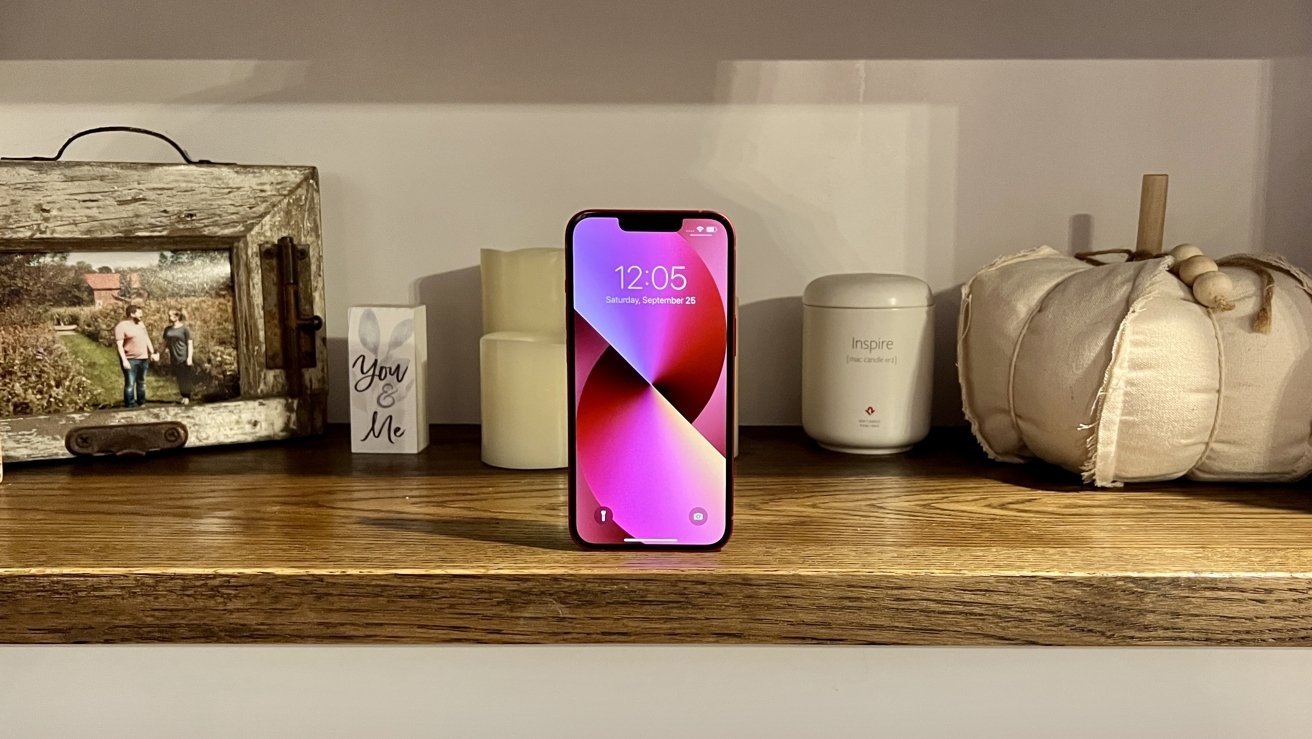Apple's 'iPhone 14' and AR headset to sport Wi-Fi 6E, says Kuo
Apple plans to adopt the next-generation Wi-Fi 6E protocol in its next flagship iPhone and an as-yet-unannounced head-mounted display, according to analyst Ming-Chi Kuo.

In a note to investors this week, Kuo predicts Apple to integrate Wi-Fi 6E in a so-called "iPhone 14" expected to debut in 2022. The analyst previously tapped the speedy wireless connectivity protocol for inclusion in a rumored AR headset that could see introduction late next year.
"We also believe that both the iPhone 14 and Apple head-mounted displays are equipped with Wi-Fi 6E, which is expected to drive more competitors' products to adopt Wi-Fi 6E," Kuo writes (machine translated).
Apple's current device lineup, like the iPhone 13 series and iPad Pro, integrates 802.11ax Wi-Fi 6. The iPhone 13 and 13 Pro, for example, feature 2x2 MIMO capabilities for faster throughput.
Though its name denotes only a slight variation to the the Wi-Fi protocol, Wi-Fi 6E promises to greatly increase potential bandwidth for supported gateways and endpoints. As Kuo notes, Wi-Fi 6E supports two or three times more channels that Wi-Fi 6, depending on hardware configuration. If Apple chooses to roll out 3x3 or 4x4 MIMO designs in "iPhone 14," it could cause a supply crunch for the wider industry.
As Kuo explains, each channel in a Wi-Fi 6E setup requires two to four LTCC (Low Temperature Co-fired Ceramics) chips, meaning the overall tally could be 10 to 20 times more than existing Wi-Fi 6 designs. Further, Apple's adoption of Wi-Fi 6E is expected to drive demand for LTCC substrates as the industry chases iPhone.
Read on AppleInsider

In a note to investors this week, Kuo predicts Apple to integrate Wi-Fi 6E in a so-called "iPhone 14" expected to debut in 2022. The analyst previously tapped the speedy wireless connectivity protocol for inclusion in a rumored AR headset that could see introduction late next year.
"We also believe that both the iPhone 14 and Apple head-mounted displays are equipped with Wi-Fi 6E, which is expected to drive more competitors' products to adopt Wi-Fi 6E," Kuo writes (machine translated).
Apple's current device lineup, like the iPhone 13 series and iPad Pro, integrates 802.11ax Wi-Fi 6. The iPhone 13 and 13 Pro, for example, feature 2x2 MIMO capabilities for faster throughput.
Though its name denotes only a slight variation to the the Wi-Fi protocol, Wi-Fi 6E promises to greatly increase potential bandwidth for supported gateways and endpoints. As Kuo notes, Wi-Fi 6E supports two or three times more channels that Wi-Fi 6, depending on hardware configuration. If Apple chooses to roll out 3x3 or 4x4 MIMO designs in "iPhone 14," it could cause a supply crunch for the wider industry.
As Kuo explains, each channel in a Wi-Fi 6E setup requires two to four LTCC (Low Temperature Co-fired Ceramics) chips, meaning the overall tally could be 10 to 20 times more than existing Wi-Fi 6 designs. Further, Apple's adoption of Wi-Fi 6E is expected to drive demand for LTCC substrates as the industry chases iPhone.
Read on AppleInsider

Comments
Probably won't. Might help in a corporate environment with dozens or more users in a small area sharing the same network. Most people are not going to pay their ISP for extra bandwidth/speed and upgrade their wireless equipment if what they have works fine.
Currently WiFi 6E routers are bit expensive but like any tech, price comes down as adoption increases. WiFi 6 provides additional data streams and 6E offers dedicated spectrum with extra data channels.When you reduce communication congestion, indirectly increases the speed for the end user.
So, it's a bit like millimeter wave 5G: currently it mostly benefits corporations while, eventually, personal needs (via automated homes and such) will grow to benefit from it as well.
Think about 2005. How many wireless devices were connected to a given WAP? Remember, this is two years before the iPhone's debut.
Now think about your house today. How many wireless devices connect to your wifi router? And you're more likely to be streaming 1080p video (or even 4K) rather than some miniscule 15 fps dithered GIF.